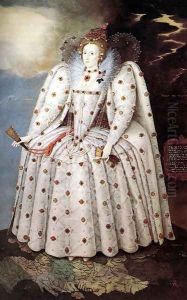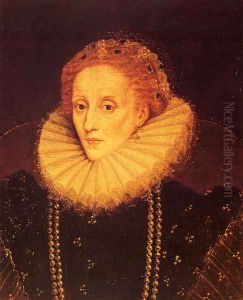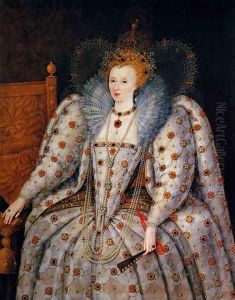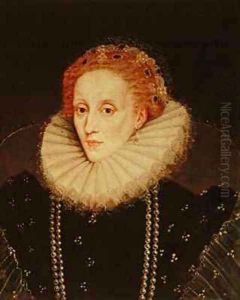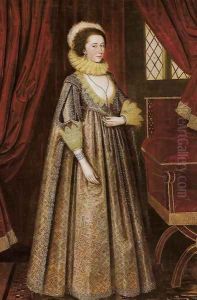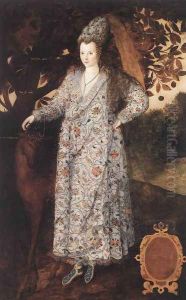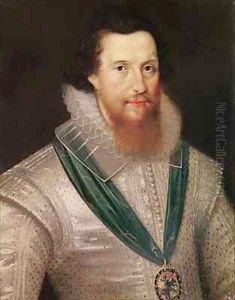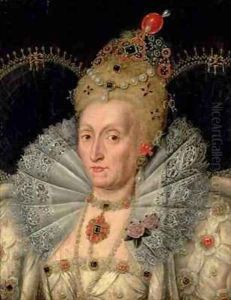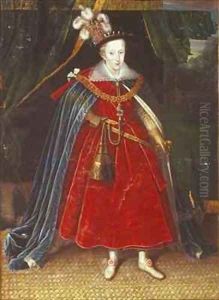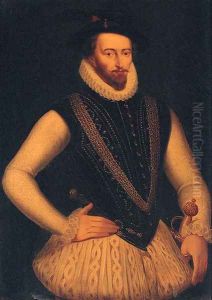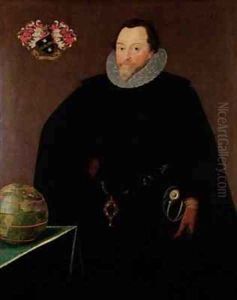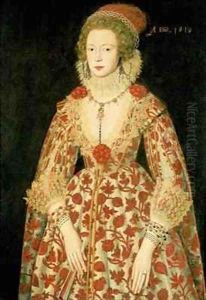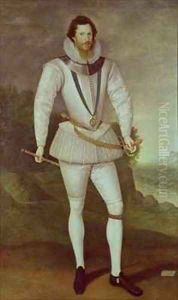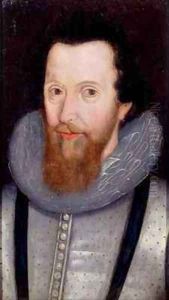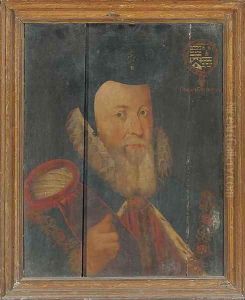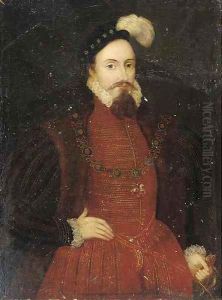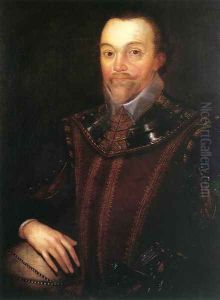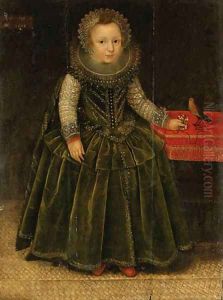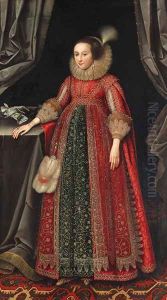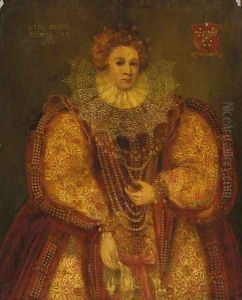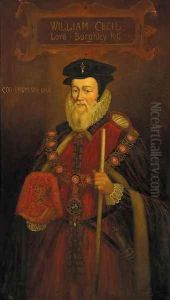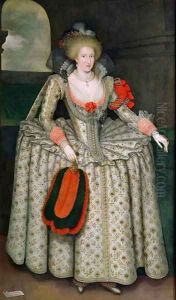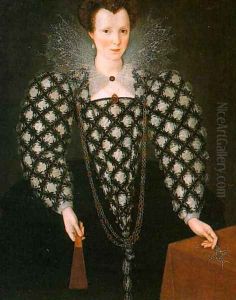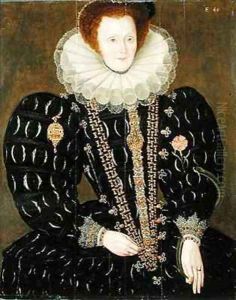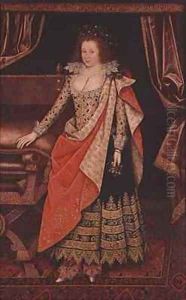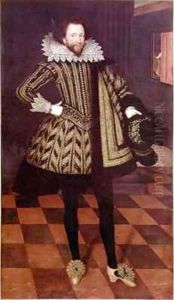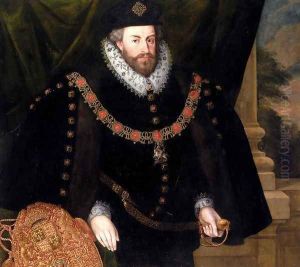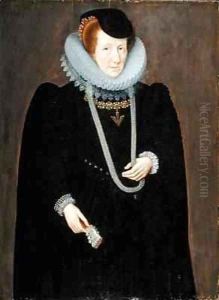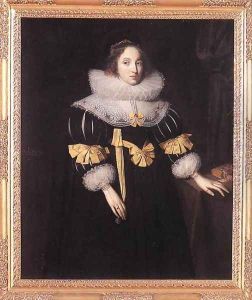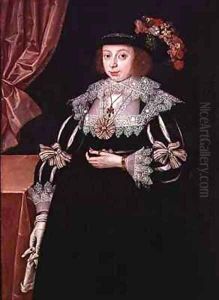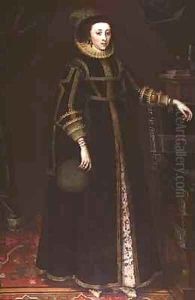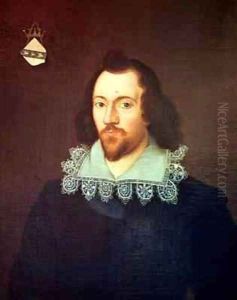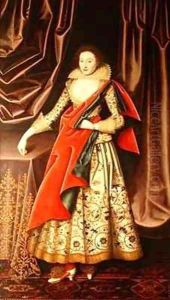Marcus The Younger Gheeraerts Paintings
Marcus Gheeraerts the Younger was a Flemish artist working at the court of Elizabeth I of England and later, at the court of James I. He was born in Bruges, the son of Marcus Gheeraerts the Elder, who was also an artist. His family moved to England in the 1560s to avoid religious persecution in the Spanish Netherlands during the reign of the Catholic Duke of Alba. Gheeraerts the Younger became a prominent portraitist in Elizabethan England, known for his detailed and sophisticated style. He is particularly noted for his work on the 'Ditchley Portrait' of Elizabeth I, which is celebrated for its emblematic and allegorical qualities, as well as for its innovative full-length format, which became influential in English portraiture.
Gheeraerts was trained by his father and was influenced by the aesthetic of the Tudor court, with its emphasis on elaborate costumes and symbolism. His portraits often included elaborate backgrounds and were characterized by their realism and attention to the texture of fabrics and materials. He worked in oil paint and is known for his skillful use of light and shadow to create a sense of three-dimensionality.
After Elizabeth's death in 1603, Gheeraerts continued to work for her successor, James I, and his court. However, his style eventually fell out of favor, overshadowed by the rising popularity of artists like Anthony van Dyck, who introduced a more baroque and dynamic style to English portraiture. Despite this, Gheeraerts remained an important figure in the transition of English art from the Elizabethan to the Jacobean era.
Gheeraerts' legacy includes a significant contribution to the development of English portraiture. His works are held in major collections, including the National Portrait Gallery in London, and continue to be studied for their artistic and historical significance. He died in 1636, leaving behind a body of work that reflects the opulence and complexity of the English court during a pivotal moment in its history.
